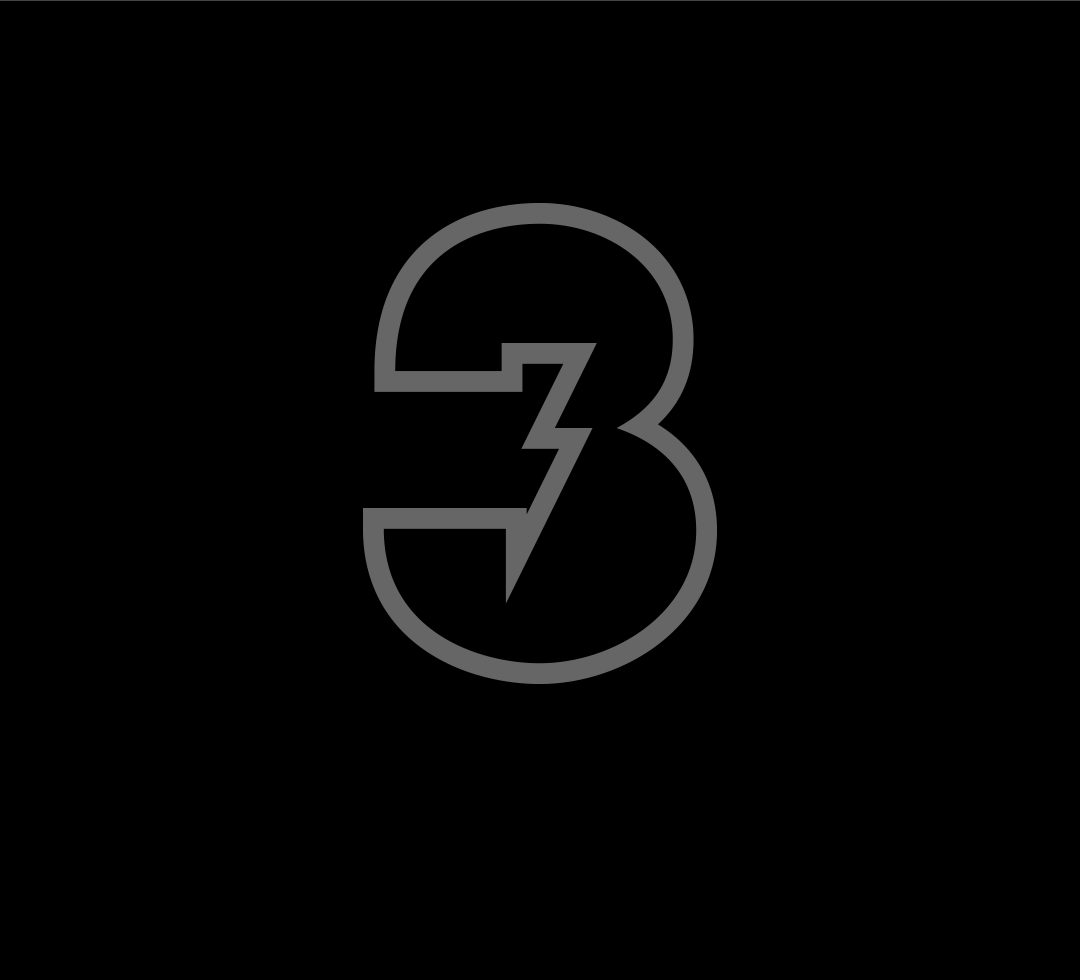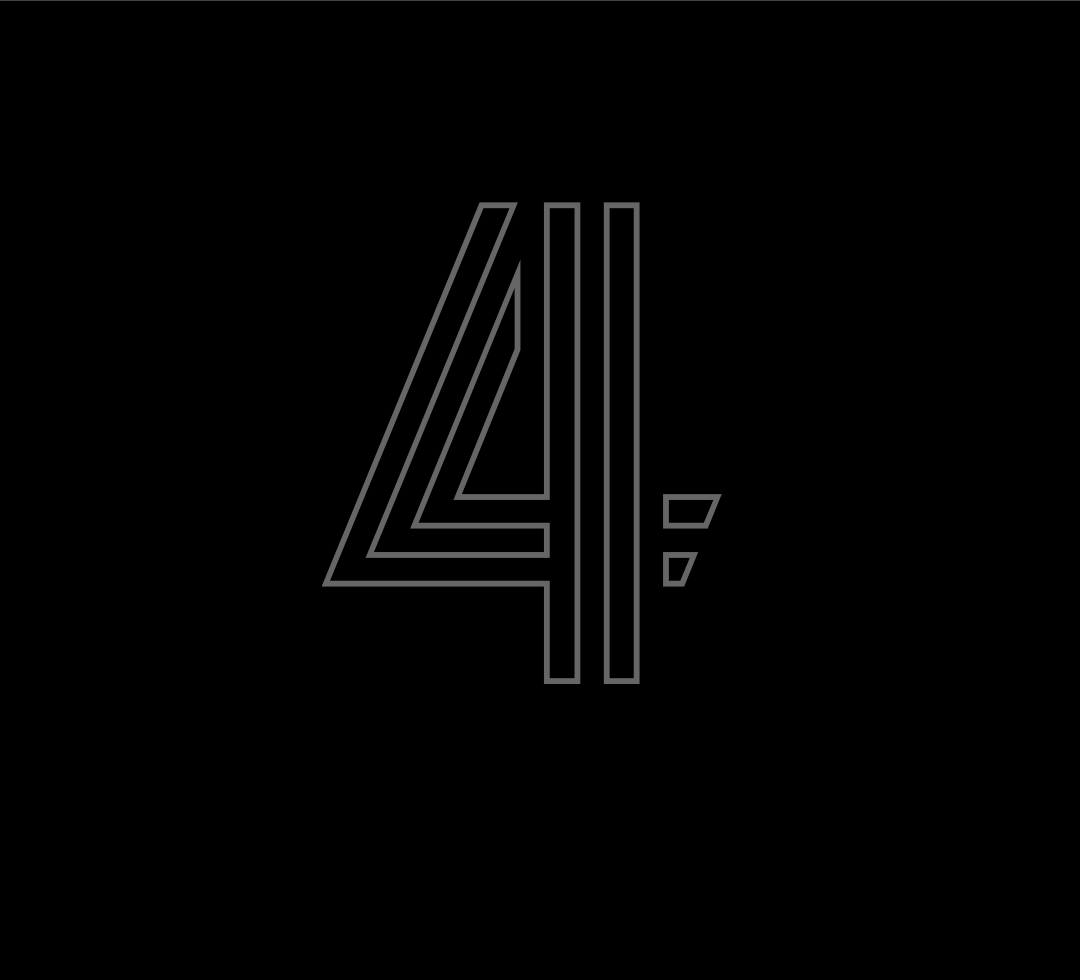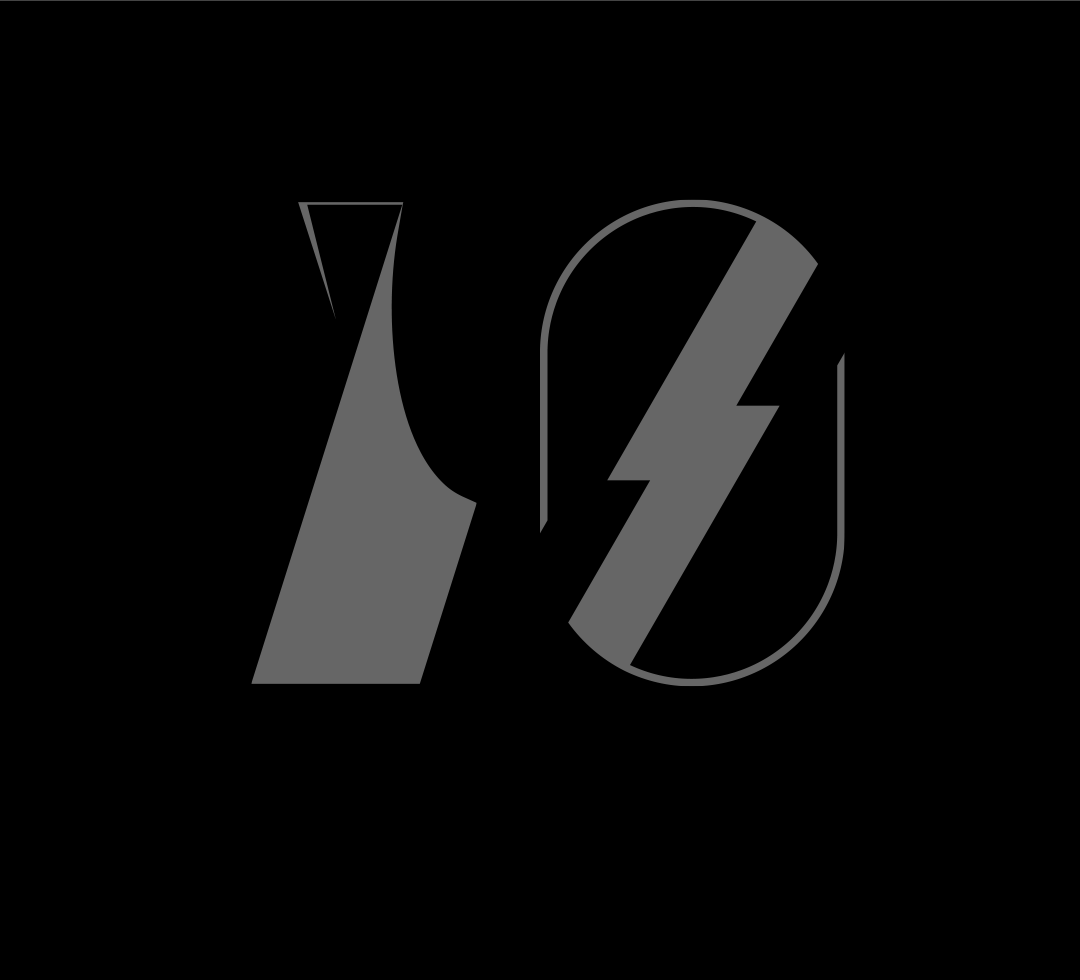10 Top Tips
Graphic design career mistakes to avoid
–
Hi, Mark here from Superfried, a Manchester design agency. Below are some updated tips from my talk at Shillington that may be useful. These potential mistakes to avoid are for fellow graphic designers or creatives embarking on a career in any discipline such as graphic design, illustration, animation etc. Whether you are just starting or have been around a while like me.
Unfortunately, I can not tell you how to land a client like Nike or become the next partner at Pentagram.
So when I was approached to do this talk, I wanted to ensure I could actually be of value before I agreed. I thought long and hard arriving at 2 reasons to proceed.
01 – I am self-taught and do not have a graphic design degree. Consequently, I am proof that anyone can establish a career as a graphic designer.
02 – I have been a designer for a long time and one of the few benefits of age is experience. If this advice helps you avoid just one of the mistakes I have made along the way, then it will all be worthwhile : )
So let the pearls of wisdom commence…

01 Absorb
- Listen to everyone. Not just those you consider relevant or respect. Everyone has something useful to say - even if the only benefit is the knowledge those viewpoints exist.
- Every skill learned is useful. Regardless of how mundane or irrelevant it may seem, indirectly it will be beneficial at some point during your career in graphic design.
- Grasp all opportunities. You never know when the next will come along and there is no going back.
- Never stop learning. As soon as you do that, it’s game over and you will be simply left behind.

02 Work
- Talent is not enough. I have worked alongside some of the most talented and respected graphic designers in the business – they worked harder than everyone else.
- Hard work is a given. Don't kid yourself, there is always someone out there working harder than you!
- I am not trying to put you off – I consider having a career in graphic design to be a great privilege. However, it is important that I dispel the common misconception that being a graphic designer is an easy option – it’s not, it’s highly competitive so you need to be up for the challenge!
- With that in mind, make sure you are doing it for the right reasons. Don’t do it for the fame or money as you are likely to be disappointed – a graphic designer salary is not going to secure that yacht!
- Graphic design is my passion – such a nauseating phrase that is probably available framed on Etsy, however it is also relevant. When you are struggling through tedious client amends, up against it on a deadline or have a scary quiet patch between design projects, that passion will make it easier to push through.

03 Experiment
- Within your day job and in your own time, experiment.
- Don’t wait for the ‘dream design project’. Make the current creative project great. If it is corporate or the subject matter a bit stale, you have an even better opportunity to try something bold and different. A graphic design project for Nike would be amazing, but it would also be harder to create stand out work amongst their previous high profile campaigns or those of their competitors.
- Don’t let good ideas go to waste. Ultimately they are what we are paid for, so we must save and invest them just like money. Use personal graphic design projects to push yourself out of your comfort zone, collaborate for causes you are passionate about, showcase the design work you want to do and capitalise on those unused ideas.

04 Focus
- Don't waste time – it’s precious and you can not ask for it back!
- Decide which creative work you like doing most or you excel at, as soon as possible. Then focus all your efforts in this direction. This will help you to establish a USP and reputation as a go-to creative for this design discipline. This will not prevent you from offerring other services or skills.
- The sooner you start heading towards your goal, the sooner you will get there.

05 Confidence
- Anyone can have a good idea and ideas are king. It is what you do with them that makes the difference between you and the next graphic designer. If you do not believe in your creative ability, it will show. And if you do not believe in it why should the client?
- If you don’t like it, don’t show it. The client will always pick the design route you hated. Throwing in another rushed option just to reassure the client you have put the time in demonstrates a lack of confidence, and usually backfires!
- Don’t be in awe or intimidated by established graphic designers. I have met some big names within the design industry and it’s like meeting a celebrity. Part of you wants them to be special or super human. When you realise they are just normal like everyone else, initially it’s disappointing. But, upon reflection, it can be reassuring as you realise there is nothing to stop you matching or surpassing their accolades.

06 Network
- Talk to everyone, help them whenever you can – without being exploited – later down the line, those contacts, connections and good deeds will pay off. But do not use this as opportunity to sell to them. Build as many real relationships and connections as possible. Listen to find out what problems they are struggling with as then you can be of value. Even if you can not solve them, you might know someone who can. At a later date they may then refer you.
- Volume will help. If you have a thousand connections, at any given time there is a good chance that at least one may require some help. If you have just 100, the chances are now very slim.

07 Promote
- This is another area that myself and many graphic designers in Manchester I have spoken to struggle with. Don’t get me wrong, I like it when people say they like my work. However, I really hate having to say ‘look at me’ ‘isn’t my work great’ to receive the compliments!
- Unfortunately self promotion is essential. You could be the best designer in the world, but if they can not find you, how can they hire you?
- No excuse not to have your graphic design portfolio online. It has never been easier to get your work out there via free platforms like Behance. Attaching a few large, graphic design files on an email will not go down well with the busy recipient.
- However, because they are free, so it is hard to stand out. Every designer and creative agency is using them, so you are now competing with the World. Consequently, it is a double edged sword. On one hand the competition within the creative industries has never been greater. On the other, there have never been more opportunities to work with people in places you could only ever dream of before.
- Reach out. If there is someone you really want to work with, tell them. Trust me an email can be all it takes if the timing and fit is right. I know this is true, because it has occasionally worked for me. I have even landed a branding project just from a tweet!
- When applying for permanent positions they may also request a graphic design resume. I implore you not to use graphs or gimmicky infographics to show your competency at various design applications. This is a pet hate amongst many design agencies in Manchester I have spoken to. It’s meaningless and trying too hard. It’s not how well you know the apps it’s what you can do with them that counts.

08 Social
- Use social media. It is free and powerful .
- It is a leveller. Never before was it possible for those at the bottom of the design industry to communicate with those at the top. It is also great for connecting with other designers for potential collaborations or new design projects.
- However, use it with caution. Always think ‘could this be misconstrued / cause offence’. If in doubt, don’t post. I have made mistakes myself and even seen big names within the creative industries make controversial statements on Twitter that were potentially damaging to both their professional reputation and that of the design agency they work for.
- Be honest. The time of lying about your graphic design credentials is over. Google is free and easy to use. So it only requires a little bit of digging for you to be quickly found out.

09 Be Tough
- You will need to develop a thick skin. There are a lot of graphic designers out there, and a finite number of graphic design jobs to go around, so you may have to apply for quite a few. Don’t get disheartened if you fail to secure the first one you apply for.
- The thick skin will also serve you well once you have secured that graphic design position or won the new client project. Get used to being told your work is wrong or a whole lot worse! Do not take it personally – hard when you care about what you do – just remind yourself it is just business and save that rejected idea for the personal project.
- Pick your battles. You can’t win them all, so only fight those that are really integral to the design solution or what you believe.
- Recycle. Reuse the unselected ideas for future clients or personal design projects. That way your time is never wasted. Those ideas can also get you out of a tight spot when you are having an off day or the project deadline is looming.

10 Solve
- Looking good is a given, so the true value is in the design strategy and solution. If it looks great, but does not solve the problem, how much is it really worth?
- Put yourself in the clients shoes. Ask a lot of questions. What problem are they trying solve and how can you help?
- Don’t assume the design brief is asking the right questions. You are hired as a consultant, not to do whatever has been requested without question. Consequently, it is your job as the design consultant to review the problem, and then develop a design strategy to solve it. For example, a client may request a new website when really their budget maybe better spent on a re-skin and some targeted online advertising.